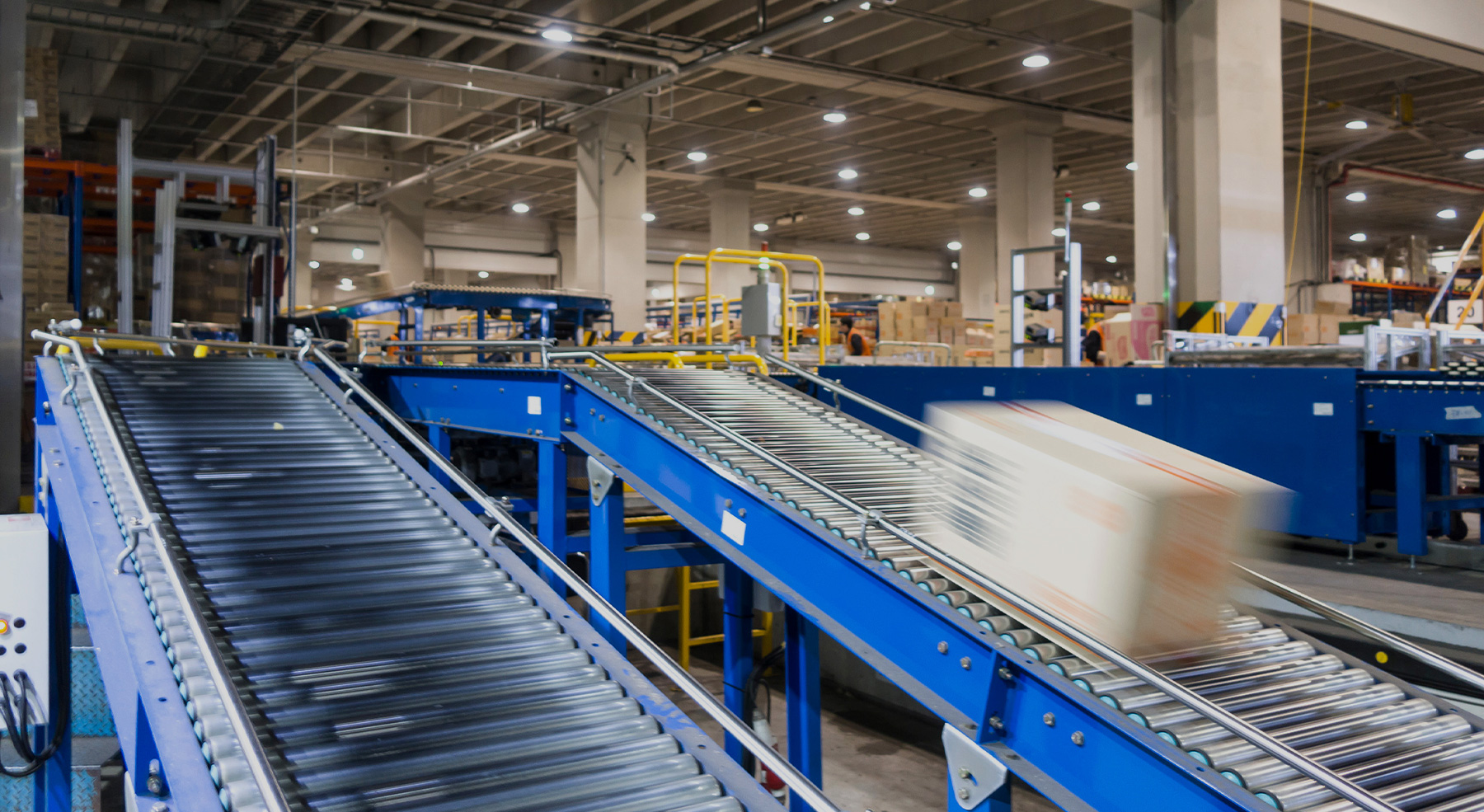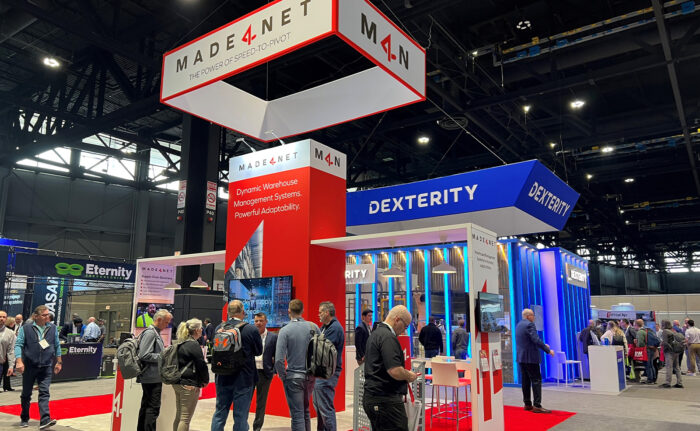Recent research indicates that up to 80% of warehouses today have no automation at all. While there may be various factors contributing to this low adoption rate, it is evident that many warehouses struggle with knowing where to start. Given the costs, complexities, and options available, it is crucial to determine the right automation solutions that align with your operation’s specific needs. To shed light on the importance of automation and offer guidance on implementation, we sought insights from four industry experts.
Why Automation is Important
Drew Eubank, EVP and Co-Founder at Zion, emphasizes the essential nature of automation, “I think automation is essential. The great thing about Covid was it fast-forwarded our industry probably 10 years in three months. Because people realized you can’t just depend on labor anymore.”
However, Eubank also cautions that automation is not a one-size-fits-all solution. It is important to consider this when researching the most suitable system for your operation. “I do think there has been a tendency to gravitate toward the most automated solution rather than the right automated solution,” he adds, pointing out that such an approach may not be ideal for your specific needs. Raumi Sidki, a staff robotics engineer from Robust.AI, notes, “It’s a problem of uniqueness. Many automation and robotic solutions excel in well-structured environments with low variability.” But for operations that change often and require flexibility, automation may make it hard to maintain a high level of efficiency, so detailed and forward-thinking planning is critical.
Strategic and Tactical Approach to Automation
To successfully implement automation in your operation, it must be built on a strategic foundation. Thru-Put Partners Project Executive Kevin Hume says “It’s important to have that strategic vision to determine what the five-year plan is, and then tactically, what are the pilot initiatives that can be leveraged incrementally along the way to leverage automation to be able to be successful to hit that long-term strategic goal.” Of course, having a plan is critical in every industry, but that’s especially true when it comes to making large financial investments that could impact an operation’s longevity.
While automation offers benefits in various settings, three key areas hold the most promise:
- Addressing labor gaps
- Enhancing quality
- Driving innovation
Autonomous Mobile Robots (AMRs), for instance, have gained considerable attention for their ability to increase productivity and reduce downtime, thereby providing a quick return on investment. However, Steve Simmerman, Head of Global Alliance at Locus Robotics highlights the unintended benefits AMRs are providing, where AMRs are “collaborating with the associate on the floor, and making their work life safer, easier, and more enjoyable.”
Sidki takes this notion further, stating, “As an industry, it is crucial that we focus on building solutions for robots that work with people, not just for them.” Simmerman corroborates this, reporting that employees who work alongside bots in specific zones find their work more efficient, and customer feedback indicates that bots improve engagement, job satisfaction, and reduce turnover. Given the labor challenges faced in recent times, using automation to enhance employee quality of life proves to be a worthwhile tactic.
If you’re considering automation in your warehouse, get in touch with us. We’d love to help you determine what to automate and how best to do so. For more expert advice on current and future supply chain issues, check out our Ask the Expert Series recorded at ProMat.



